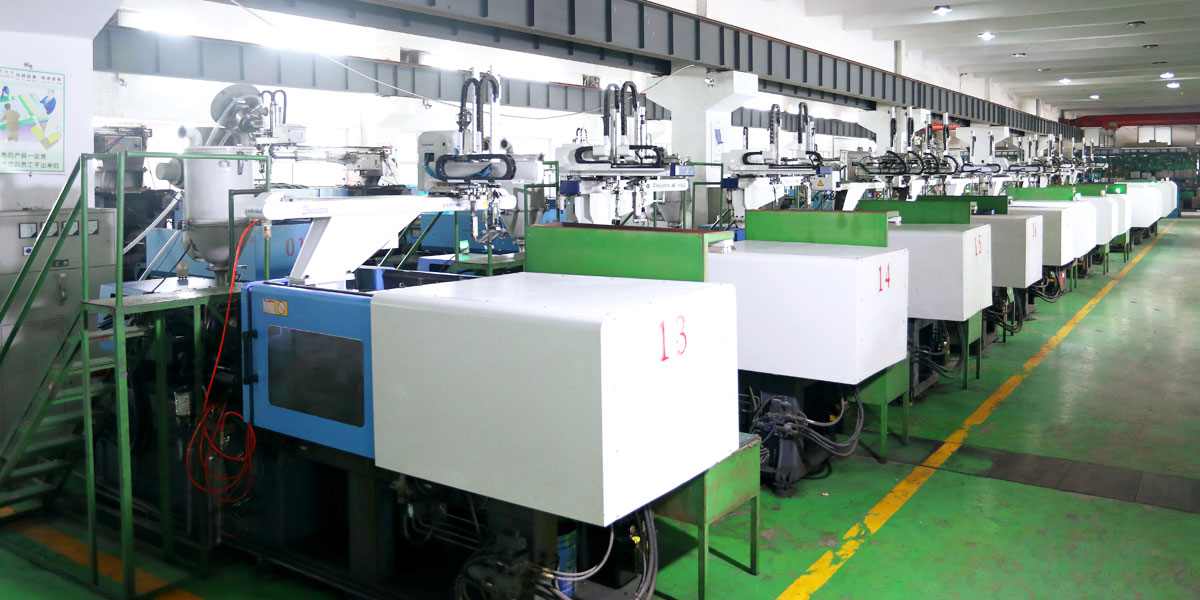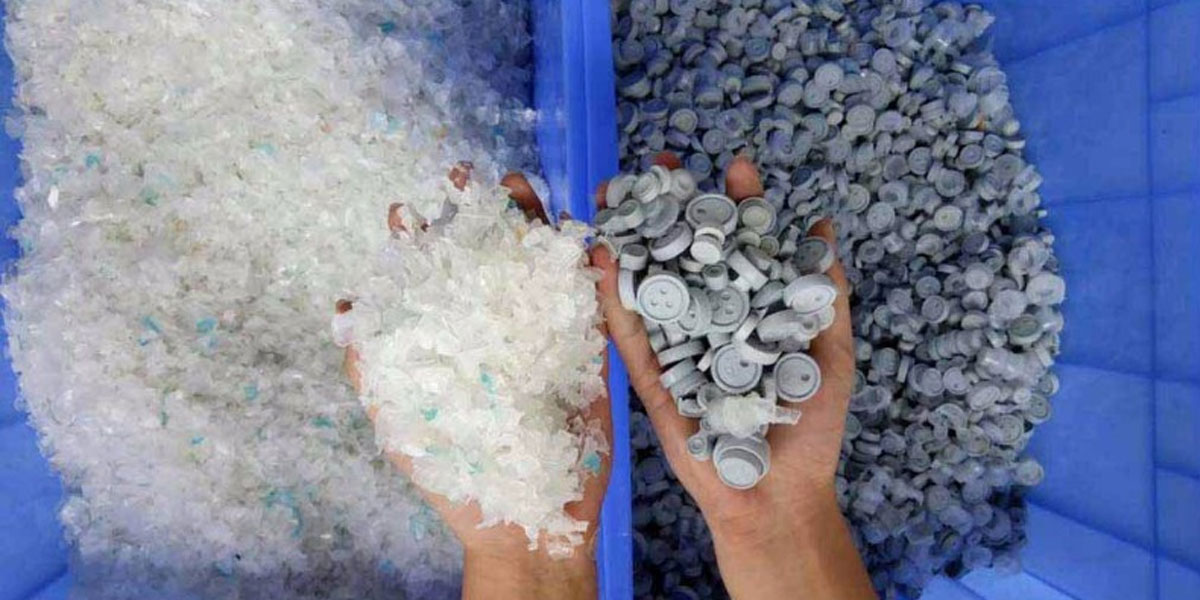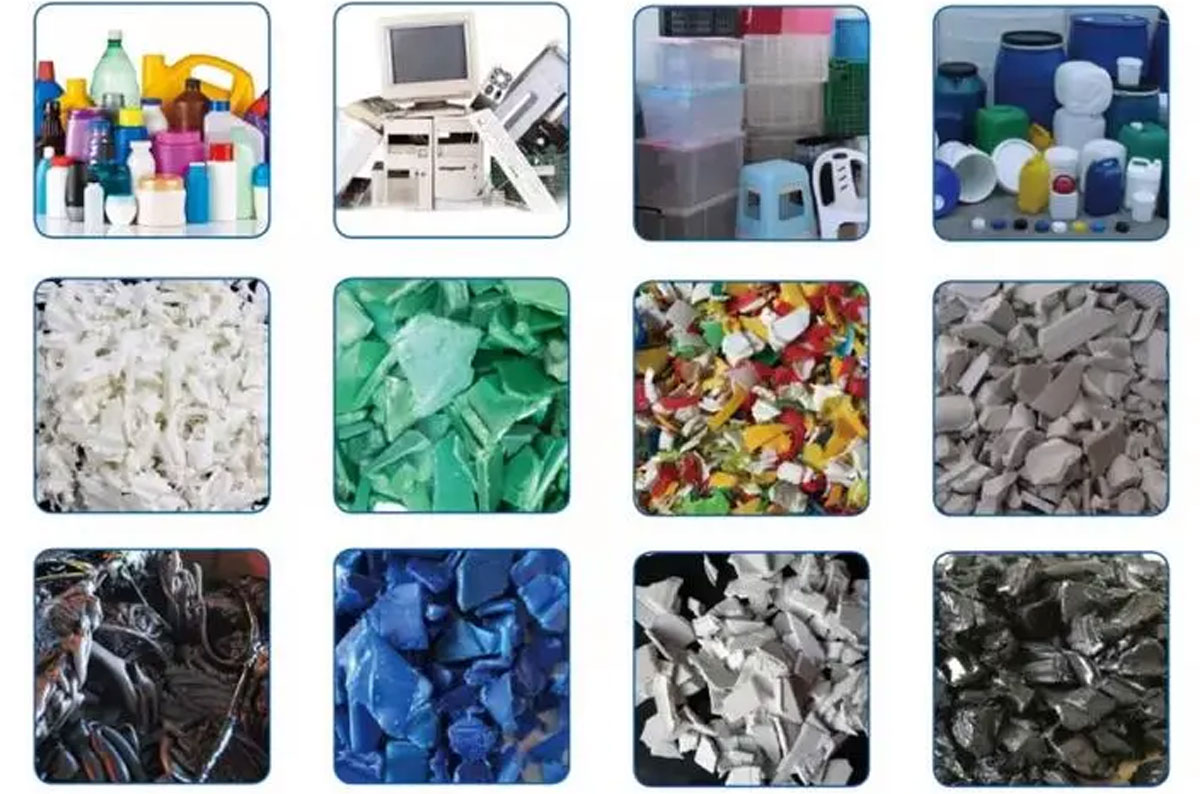Plastics have only been around for a little over a century, but they have become a part of almost every aspect of our lives. Plastic materials – from children’s toys to food packaging – are an integral part of life in the 21st century. In fact, in about 70 years, 8.3 billion tons of plastic have been produced, of which about 6.3 billion tons have become waste.
#1 And Only 9% Of This Waste Was Recycled.
There are many reasons for this, and while our plastic waste continues to grow, advances in technology and changes in consumption patterns are helping to make it more efficient and effective.

#2 Why Is Plastic Recycling So Important And What Challenges Does The Industry Face?
Recycling of plastic is extremely important both as a method of managing existing waste and as a component of both the circular economy and zero waste production systems aimed at reducing waste generation and increasing sustainability.
However, solving the problems associated with plastic is not easy . Although potential problems were first identified in the 1960s, historically there has been a lot of opposition to real change – mostly from the plastics industry itself. Recently, the problem of plastic recycling has received more and more attention, as people are looking for environmentally friendly options.
Today, both consumers and companies are striving to recycle more materials, but many lack the knowledge of how to do it as efficiently as possible. This creates problems in the form of contamination, either from mixing non-recyclable plastics with recyclable plastics, or from trying to recycle plastic contaminated with things like adhesives, chemicals, and food leftovers, making recycling even more difficult. Both of these issues can result in plastics being sent to landfills rather than being recycled.
Another difficulty lies in the products themselves. While some products, such as water bottles, are often made from a single common plastic (such as PET), making them easy to recycle, many others are designed to be used from a mixture of plastics, which can cause serious recycling problems. What’s more, many products are a mixture of plastics and non-plastics such as wood or metal. Unfortunately, these products won’t even make it to the recycling center.
However, the plastic recycling process has improved a lot in recent years and can be broken down into six main steps.
#3 The Stages Of Plastic Recycling Process

1.Collection
The first step in the mechanical recycling process is the collection of household materials from homes, businesses, and institutions . This can be done by either local governments or private companies, with the latter often being a popular option for businesses.
Another option is to donate plastics to public collection points, such as special trash cans or facilities. This can be as simple as a bottle container on a street corner, or as complex as a local landfill with large areas for various recyclable and non-recyclable municipal solid waste (MSW).
2.Sorting + Categorization
The next step in the plastic recycling process is sorting. There are several different types of plastic that need to be separated from each other with the help of recyclers. In addition, plastics can be sorted by other properties such as color, thickness, and use. This is done by machines in the recycling plant and is an important step to improve the efficiency of the plants and prevent contamination of the final product.
3.Cleaning
Cleaning is an important step in the plastic recycling process because it removes some of the contaminants that can interfere with work or completely ruin a batch of recycled plastic. Impurities typically include things like food labels and adhesives, as well as dirt and food leftovers. Although the plastic is often washed at this stage, it is important to remember that this does not diminish the importance of the plastic being as free of impurities as possible before disposal and collection.
4.Shredding
The plastic is then fed into shredders , which break it down into smaller pieces. These smaller parts, unlike molded plastic products, can be recycled in the next steps for reuse. In addition, resized plastic parts can be used for other purposes without further processing, such as as an additive in asphalt, or simply shredded plastic can be sold as a raw material.
Dividing the plastic into smaller pieces also makes it possible to detect remaining contaminants. This is especially true for contaminants such as metal, which may not have been removed by the wash, but at this stage can be easily collected with a magnet.
5.Identification And Separation Of Plastics.
Here the plastic parts are checked for their class and quality. First, they are separated by density, which is tested by floating plastic particles in a container of water. This is followed by a test for the so-called “air classification”, which determines the thickness of the plastic parts. This is done by putting shredded plastic in a wind tunnel, with the thinner parts floating while the larger/thick ones stay at the bottom.
6.Extrusion + Compounding
In this final step in the plastic recycling process, the shredded plastic particles are converted into a product suitable for use in manufacturing. The shredded plastic is loaded into the raw material hopper, after which it enters the extruder barrel. The plastic is melted by heat from annular micanite or ceramic heaters placed on the barrel of the extruder , after which it enters the molding head. The resulting plastic tubes are crushed to form pellets .
#4 The Various Types Of Plastic

There are many types of plastic , for the plastic recycling process, some of them are important to us.
Number 1: PET or PET (PETE) – polyethylene terephthalate
One of the most common types of plastic you are likely to come across is a polymer used to make products such as thin food containers and plastic bottles for water or soft drinks. PET is very well recycled.
Number 2: HDPE – high density polyethylene
More rigid than PET, this type of plastic is used in more “durable” products such as detergent bottles, food and drink containers, bottle caps, some thicker shopping bags, and disposable plastic items such as toys, hard hats and Kant. Again, this type of plastic is widely recycled.
Number 3: PVC (V) – polyvinyl chloride
PVC is considered one of the most versatile and common types of plastic and is used for products such as plumbing and sewer pipes (due to being highly resistant to chemical and biological damage), floors, signs, furniture and more. Although there are some PVC recycling methods, they are not common and rarely found in regular plastic recycling kits. This is largely due to the toxicity of PVC during processing.
Number 4: LDPE – low density polyethylene
Even though this low density plastic is not as strong as HDPE, it is very resilient and is used in a wide range of products such as containers, playgrounds and plastic trash bags. This type of polymer is recyclable, but many products (such as plastic bags) can be excluded because they pose a risk of clogging equipment and are not considered recyclable.
Number 5: PP – polypropylene
Commonly used in injection molding, this plastic can be found in products ranging from bottle caps to surgical instruments and clothing. Although polypropylene is recyclable, it is often abandoned by machining centers due to the problems it poses, resulting in its recycling rate being much slower than other plastics.
Number 6: PS – Polystyrene
This plastic is often used as disposable plastic food containers, as insulated containers, and in packaging materials. Despite its abundance, polystyrene is rarely recycled due to the fact that it is not cost effective (in its most common form, Styrofoam or Styrofoam, is 95% air) and requires more energy than savings to recycle.
Number 7: Other types of plastic
This category includes everything else, which may include combinations of any of the previous six, as well as other lesser used plastics. This classification also includes non-petrochemical plastics such as new plastics, polymers and bioplastics. So anything marked with a 7 is usually not included in the plastic recycling process, but may have other waste solutions.
Currently, the plastics recycling process faces many challenges and, unlike glass and aluminium, plastics cannot be recycled indefinitely , which means that with each subsequent processing, the recycled material degrades and its quality is worse than that of virgin materials.
However, don’t miss the broader perspective. Today’s plastic recycling process is many steps ahead of what it was only a few decades ago, while recycling rates are increasing and continue to increase significantly. Innovations such as chemical recycling are emerging to keep more plastic in the recycling cycle for longer. Moreover, there are more and more alternatives to plastic products on the market.
As individuals and businesses become more involved in the plastic recycling process, we are likely to see it continue to improve. Along with the shift to new products and alternatives to plastic, this means a slow but steady move in the right direction.
The plastic recycling process is likely to receive a huge boost as we become more resource conscious and produce products. In fact, although waste management concepts such as circular economy and zero waste are generally associated with moving away from single-use plastic, recycling will remain part of the waste management process for the foreseeable future, allowing us to gradually move away from unnecessary plastics and increase the recyclability of those types of polymers. that remain necessary.
